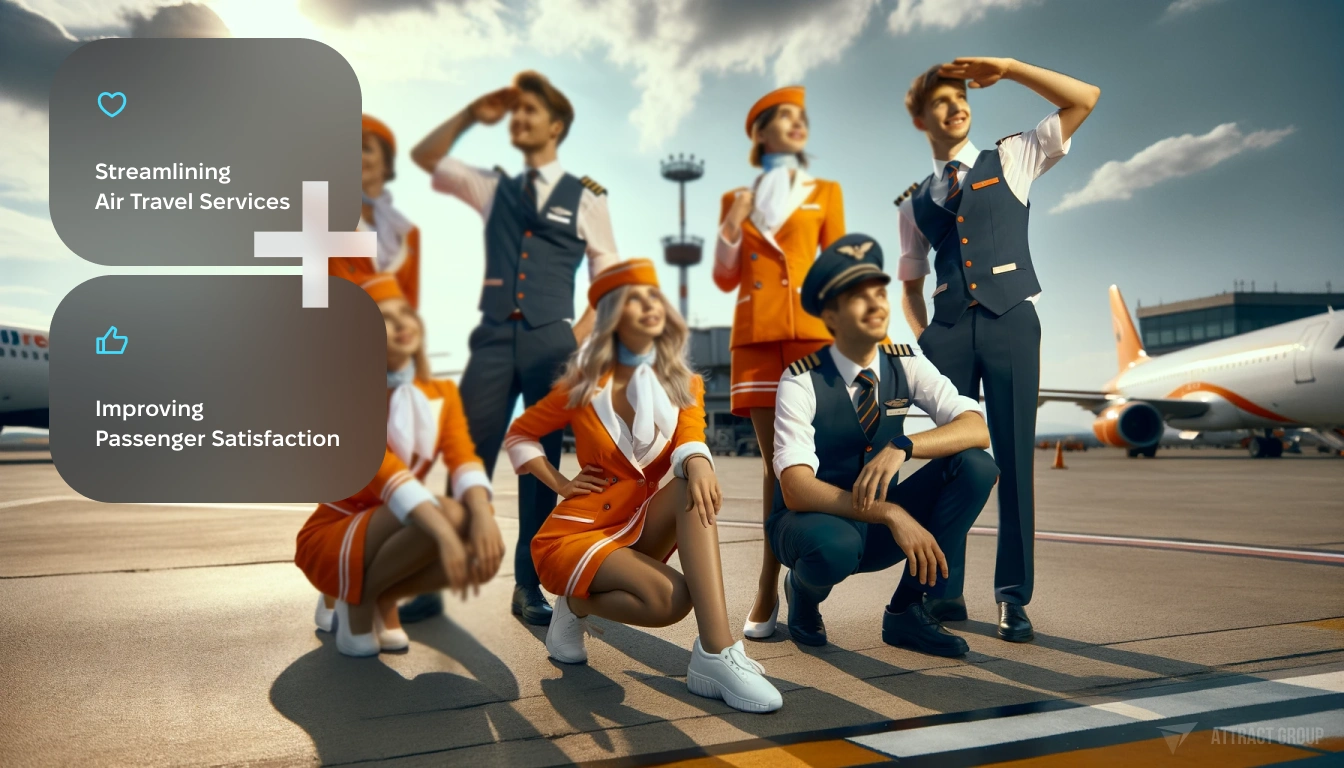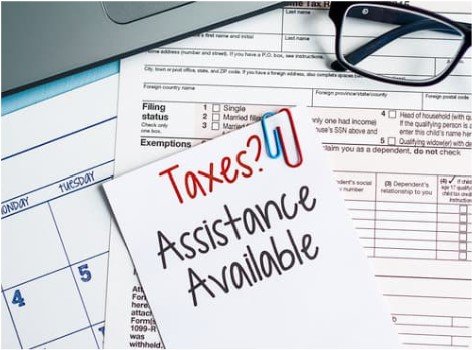Enhancing Passenger Experience: Innovations and Insights

In the dynamic world of passenger travel, where comfort, efficiency, and safety converge, innovations continually reshape the journey experience. From the bustling terminals to the serene skies or tracks, each step of the passenger’s voyage presents opportunities for improvement and enhancement. Let’s explore how recent advancements are shaping the future of passenger news.
Revolutionizing Check-in and Boarding
Gone are the days of long queues and tedious check-in processes. Airlines and railways are embracing digital transformation to streamline these initial stages of the journey. Mobile check-in apps allow passengers to manage their reservations, select seats, and even access digital boarding passes with ease. Biometric technology, such as facial recognition and fingerprint scanning, is increasingly being adopted to expedite security procedures, making boarding a seamless experience.
Onboard Comfort and Connectivity
Once onboard, the focus shifts to enhancing passenger comfort and connectivity. Modern aircraft and trains are equipped with ergonomic seating Flnewsdaily.com, ample legroom, and advanced entertainment systems to cater to diverse passenger preferences. High-speed internet connectivity enables travelers to stay connected, whether for work or leisure, ensuring a productive and enjoyable journey.
Catering to Diverse Needs
Passenger demographics vary widely, and so do their needs. Airlines and railways are becoming more attuned to catering to diverse passenger profiles. From offering specialized meals to accommodating passengers with disabilities, efforts are underway to ensure inclusivity and accessibility at every stage of the journey. This inclusivity extends to the provision of multilingual services and cultural sensitivity in onboard communications.
Environmental Sustainability
In an era increasingly focused on sustainability, the transportation industry is not left behind. Airlines are investing in fuel-efficient aircraft, exploring alternative fuels, and implementing eco-friendly practices to reduce carbon footprints. Similarly, railways are optimizing energy consumption and exploring electrification options to minimize environmental impact. Passengers are also more aware of their carbon footprint, influencing their travel choices and pushing for greener alternatives.
Safety and Security
Ensuring passenger safety remains paramount for airlines and railways alike. Advanced safety protocols, rigorous training for crew members, and state-of-the-art technologies such as predictive maintenance systems contribute to maintaining high safety standards. Additionally, stringent security measures are continuously updated to adapt to evolving threats, providing passengers with peace of mind throughout their journey.
The Role of Customer Feedback
Customer feedback plays a crucial role in shaping the future of passenger travel. Airlines and railways actively solicit feedback through surveys, social media platforms, and customer service interactions. This feedback loop allows for continuous improvement in service delivery, addressing pain points, and enhancing overall passenger satisfaction.
Looking Ahead: Future Trends
Looking ahead, the future of passenger travel promises even more exciting developments. Hyperloop technology aims to revolutionize intercity travel with unprecedented speed and efficiency. Virtual reality and augmented reality may redefine onboard entertainment and passenger engagement. Moreover, artificial intelligence and machine learning are expected to further personalize the passenger experience, offering tailored recommendations and anticipatory services.
In conclusion, the journey of a passenger today is marked by innovation, convenience, and a commitment to sustainability and safety. As technology continues to evolve and passenger expectations evolve with it, the industry’s relentless pursuit of excellence ensures that each voyage becomes not just a means of transportation but a memorable experience in itself. By embracing these advancements, airlines and railways can forge stronger connections with passengers and pave the way for a more efficient and enjoyable travel experience for years to come.





